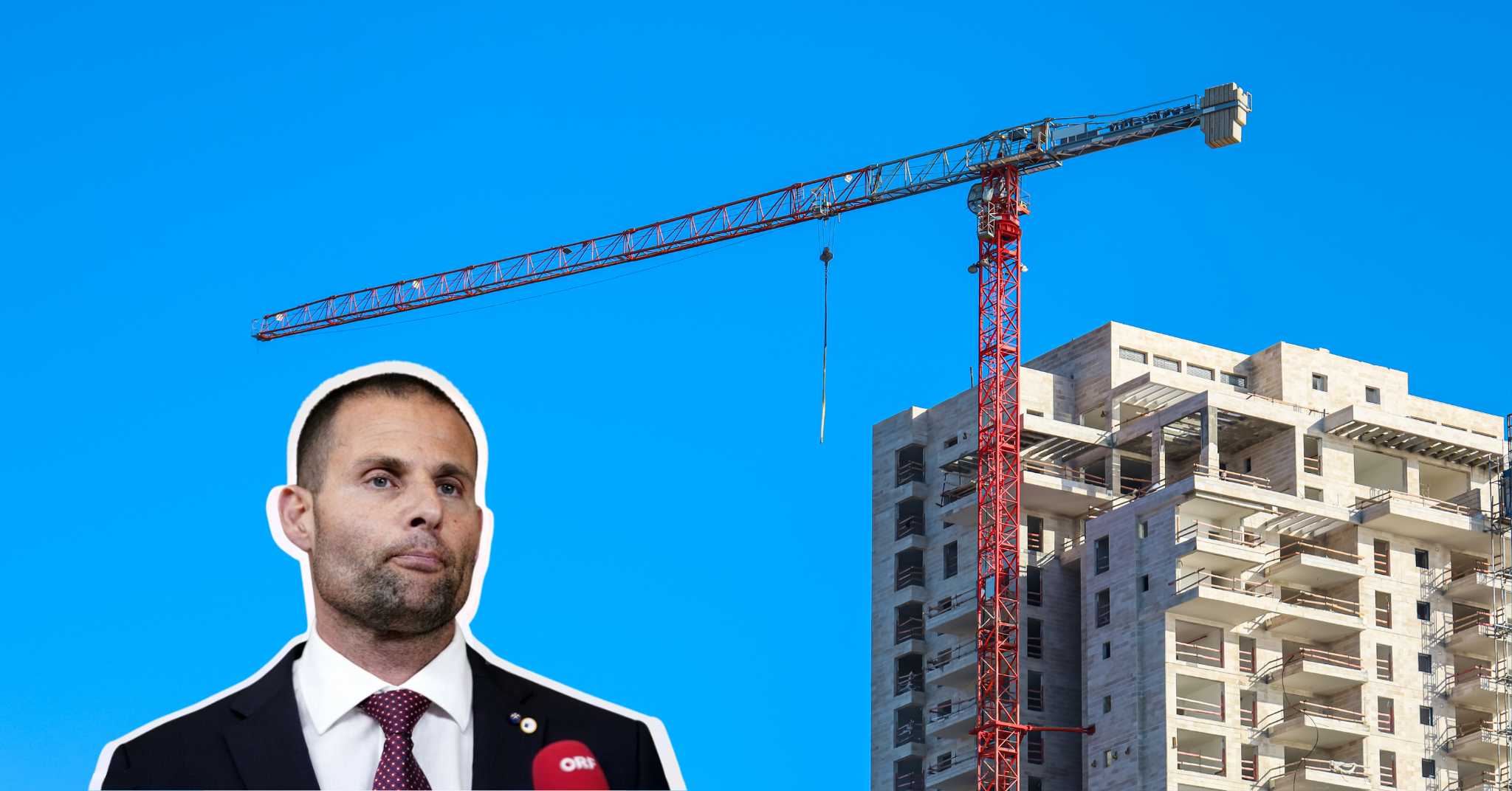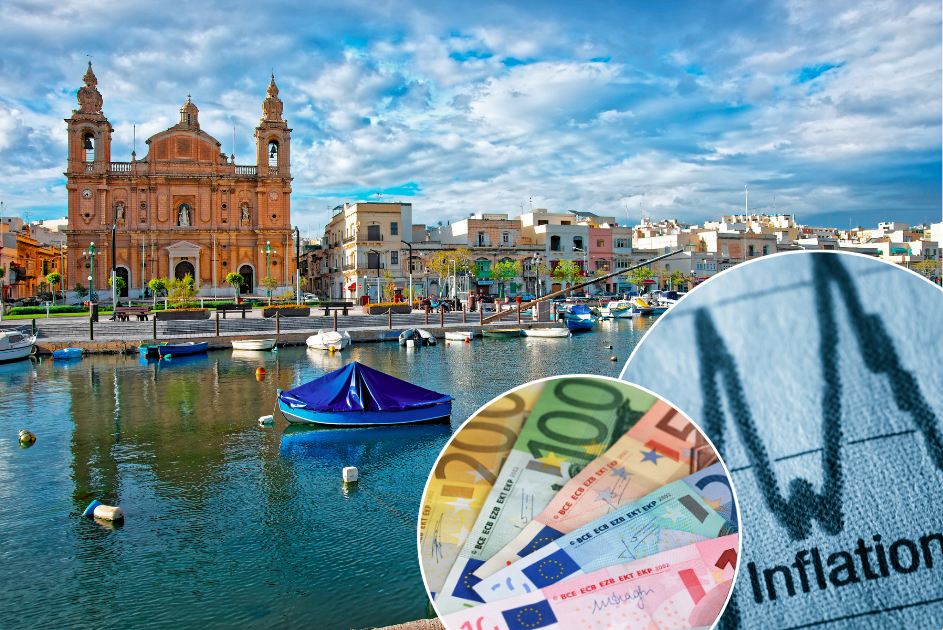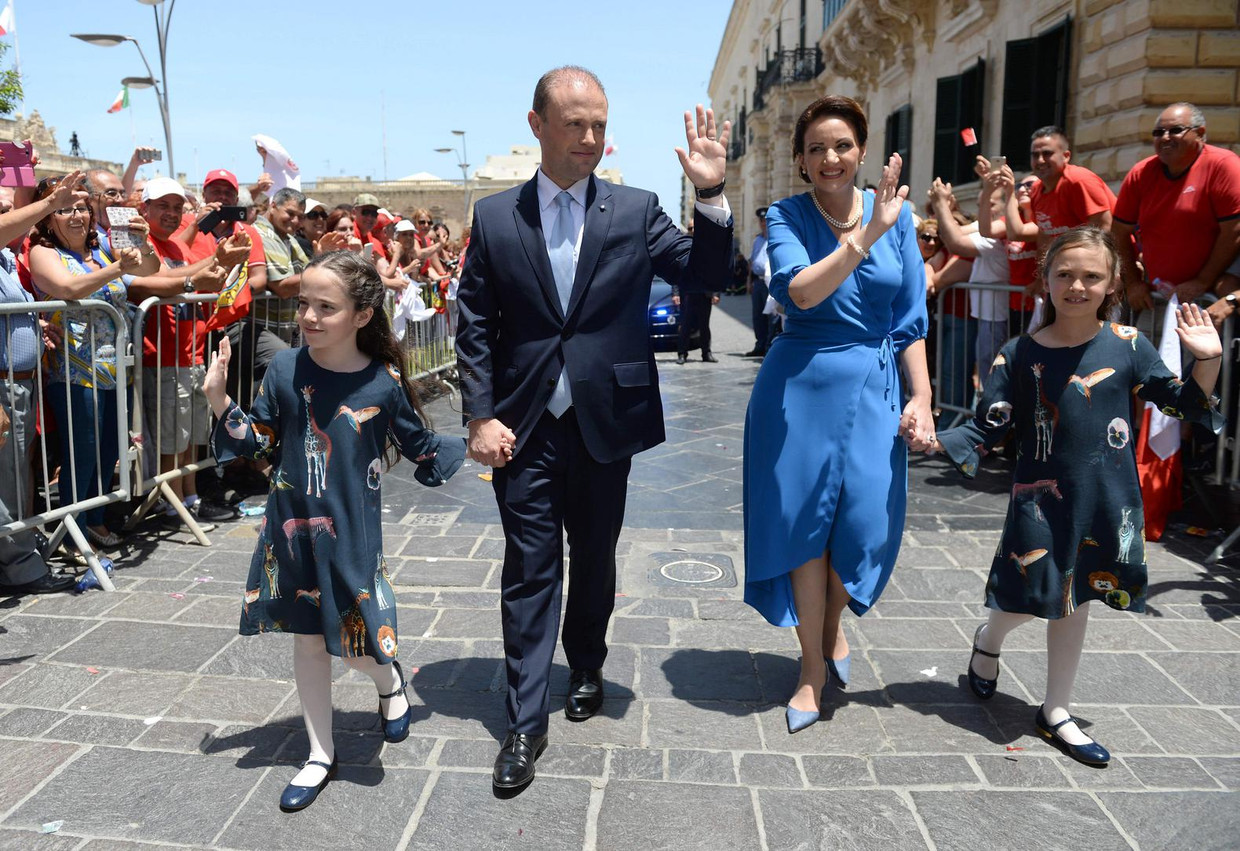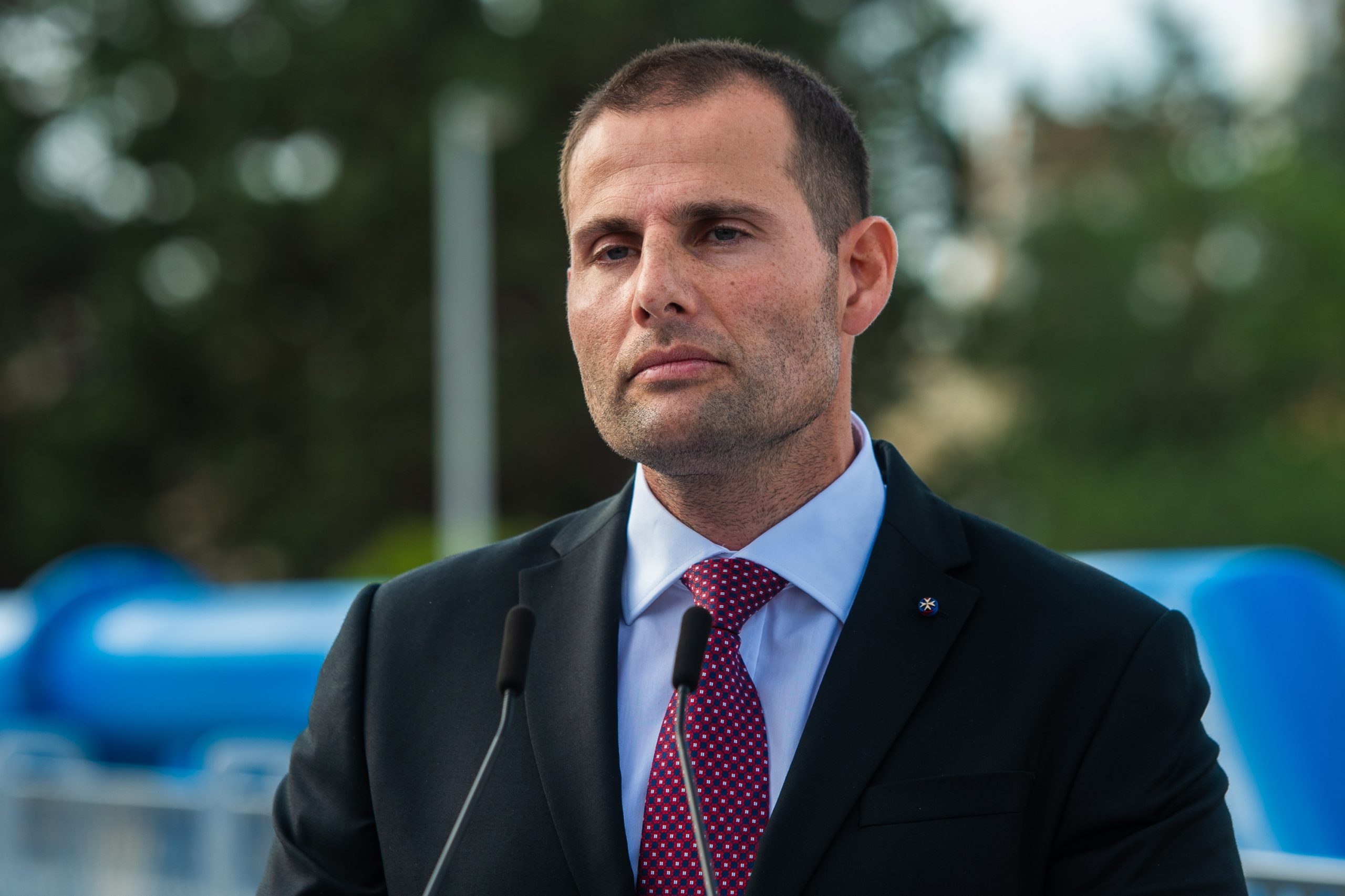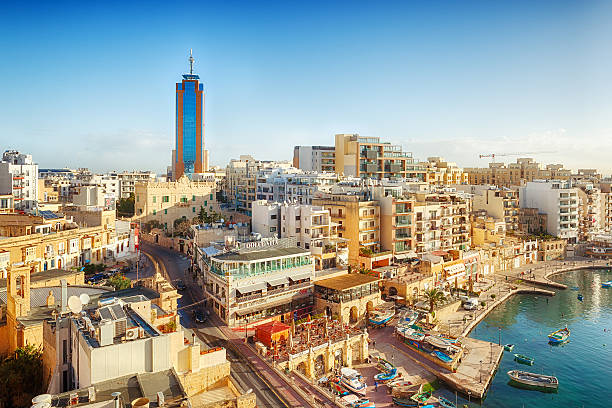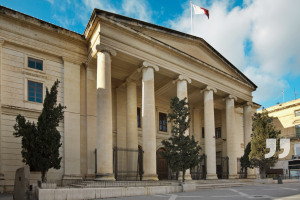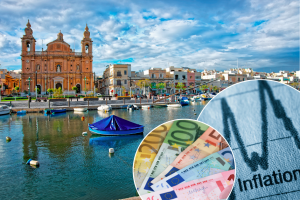The Maltese Cross, with its unique form of four V-shaped arms of equal length that widen towards the ends, is more than just a geometric design. This symbol, steeped in rich history and hallowed traditions, embodies the ideals of heroism, service, and dedication. Its narrative can be traced back to the days of the knights in medieval Europe and has evolved to represent modern-day heroes, such as firefighters.
As its name suggests, the history of the Maltese Cross is related to Malta. This symbol is of great importance to this country. This small Mediterranean island is the place where the journey from ancient valor to modern heroism begins.
Crusades: The Genesis of the Maltese Cross
The inception of the Maltese Cross can be traced back to the time of the Crusades. It was during these holy wars of the 11th, 12th, and 13th centuries that an order of monastic warriors known as the Knights Hospitaller emerged. These knights were dedicated to providing care for the poor, sick, and injured pilgrims journeying to the Holy Land.
Originally known as the Order of Knights of the Hospital of Saint John of Jerusalem, they were forced to move their base of operations to the islands of Malta in 1530 following a gift of territory by Charles V, Holy Roman Emperor. This move etched a significant place in history for Malta, lending the cross its enduring name.
Symbolism and Ideals of the Knights Hospitaller
Adopted by the Knights Hospitaller, the eight-pointed cross became an emblem of their order. The design reflected the core obligations or aspirations that guided these noble warriors. Each point of the cross was symbolic of a knightly virtue: living in truth, maintaining faith, repenting one’s sins, proving humility, loving justice, showing mercy, being sincere and whole-hearted, and enduring persecution.
This symbolism was not only a code for the knights themselves, but also served as a beacon of hope and a sign of the higher ideals of humanity during turbulent times. It represented their mission of mercy and charity, as well as their courage in defense of the Christian faith.
Some historians also interpret the eight-point design of the cross as eight regions where the Knights originated from. These regions were Auvergne, Provence, Aragon, Castille, Portugal, Italy, Germany, and England.
The Cross and the Fire Service: An Unexpected Connection
Over the centuries, the Maltese Cross made an unexpected transition from the battlefield to another domain of valor: firefighting. The connection between the two can be found in the knights’ history of fighting fires during battles, notably during the Great Siege of Malta in 1565.
Faced with the invading Ottoman Turks, the Knights Hospitaller countered an onslaught where fire was used as a weapon. In a display of selflessness, they would risk their lives to extinguish these fires and save their comrades, an act resonating with the principles of modern firefighting.
In firefighting, the Maltese Cross represents the same commitment to courage, sacrifice, and protection of others. It signifies the firefighters’ pledge to risk their own lives to protect people and property from the ravages of fire, reflecting the ethos of the Knights Hospitaller in a contemporary setting.
The Maltese Cross in the Modern World
In today’s world, the Maltese Cross is recognized and respected across the globe. It continues to be the symbol of the Sovereign Military Order of Malta, the successor of the Knights Hospitaller. It’s also used by a plethora of organizations, including the Order of Saint John and its related organizations across the world.
The cross’s symbolic influence extends into the military badges of the British Army’s Royal Logistic Corps, and it forms a part of the Australian and New Zealand Air Forces’ badges. Each usage denotes a commitment to service and dedication, reminiscent of the original knightly virtues.
In Australia, various ambulance services use the red Maltese Cross as a part of their logos. Besides, some regions and cities use the Maltese Cross on their flags and coats of arms. Some examples are Doubravice in the Czech Republic, Ermelo and Montfoort in the Netherlands, and Bardonnex in Switzerland.
Conclusion
Spanning centuries and cultures, the Maltese Cross has evolved from a symbol of ancient chivalry and religious dedication, to a modern emblem of courage and service. From the crusading Knights Hospitaller’s selfless acts, to the life-saving efforts of contemporary firefighters, the Maltese Cross serves as a tangible link to our past. It stands as a universal symbol of the indomitable spirit of selfless service, heroism, and humanity’s capacity for compassion and bravery.





